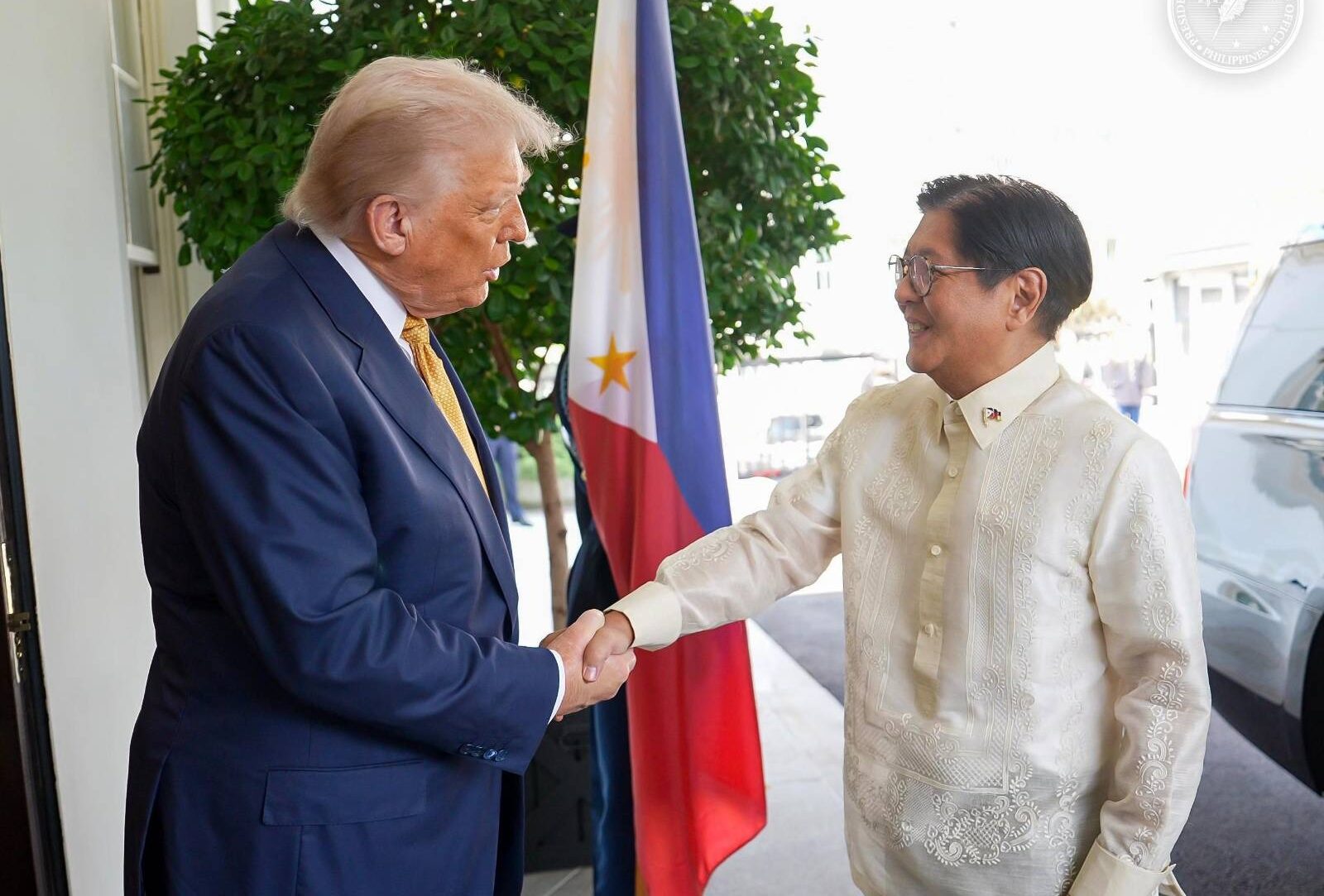‘Not the most fair deal,’ but DA says too early to tell

The tariff deal that President Marcos struck with US President Donald Trump has drawn mixed reactions ranging from the cautious to critical, with one senator suggesting it was time for the country to look for other trade partners.
In a statement on Wednesday, Sen. Panfilo “Ping” Lacson said the 19 percent tariff imposed on Philippine goods versus zero percent on American goods was “definitely not the most fair deal” between the decades-old allies.
“If I may add, it is the worst insult that a host can throw at his guest. It is time for us to look for other trade partners,” he added.
Trump met with Mr. Marcos at the White House on Tuesday (Washington time). He later announced that his administration has agreed to reduce tariffs on the Philippines, but only by one percentage point from 20 percent to 19 percent.
Taken for a ride
Federation of Free Farmers chair Leonardo Montemayor said the deal was “very lopsided” in favor of the US government.
“Did [President Marcos] have to travel all the way to the US, only to be taken for a ride by Trump? Clearly, Trump was the ‘very good and tough negotiator’ here, not [President Marcos],” said Montemayor, a former agriculture secretary.
Chemrez Technologies Inc. president Dean Lao Jr. said he was hopeful that Mr. Marcos would be able to negotiate a better trade deal with Washington.
“I was hoping he [could] restore the 0 percent duty afforded by the North America free trade agreement which we enjoyed before the Trump tariffs,” Lao said.
Leverage
Although the impact of the new reciprocal tariff on Philippine goods to America “is unlikely to be huge,” Gareth Leather, senior Asia economist at Capital Economics, said this helps the country maintain its leverage as opposed to other regional peers.
“While the economic hit to the Philippines will be modest, the deal does at least help shield it from losing ground to regional rivals,” Leather said.
He noted that the Philippines is one of the least dependent economies in Asia on US final demand.
“However, it does remove at least some downside risks facing the country—the fact that the 19 percent tariff rate is close to what other countries in the region are likely to face means they won’t experience a loss of competitiveness vis-à-vis other countries in the region,” he added.
‘Too early’
Leather added that other nations would encounter difficulties negotiating tariffs much below 20 percent, which appears to become the benchmark for the rest of the region, excluding China.
“As a key geopolitical ally of the US in the region and given its small bilateral trade surplus with the US, the Philippines was arguably better placed than other countries to win more concessions from the US,” he said.
Agriculture Secretary Francisco Tiu Laurel Jr., however, said it was “too early” to determine the impact of the new trade deal on the country’s agriculture sector, as negotiations with other competitors are still ongoing.
“Whether the Philippine agriculture sector will gain or not from this trade deal with the US remains to be seen, especially as many of our competitors are still negotiating for better terms,” Tiu Laurel said in a statement on Wednesday.
Negative impact
Philippine Chamber of Agriculture and Food Inc. president Danilo Fausto said he will await the written agreement between both parties before commenting further on the matter.
But he acknowledged that this could have a “negative impact” on the agriculture sector, particularly livestock and poultry.
Coconut oil was the country’s top agricultural export to the United States, generating $558.7 million in 2024, according to government data provided by the Department of Agriculture.
On the other hand, the Philippines’ top farm imports from America included animal feeds ($1.36 billion), cereals and cereal products ($838.1 million), and other food and live animals ($384.1 million).
Despite the Philippines recording a $3.98 billion in overall trade surplus with the United States in 2024, it incurred $1.95 billion in agricultural trade deficit, albeit narrower than the $2.36 billion shortfall a year ago.
‘Measly’
Progressive groups called the “measly” one percentage point drop disadvantageous and a sell-out of Philippine interests.
In a statement, ACT Teachers party list Rep. Antonio Tinio said that what Mr. Marcos did was to turn the Philippines into a “dumping ground” for American products.
“From 20 percent, Marcos proudly announced he got the US tariff down to 19 [percent]— a measly one percentage point drop. In exchange, the Philippines is now a no-tariff dumping ground for US automobiles, soy, wheat and pharmaceutical giants,” Tinio said.
“This is not diplomacy. This visit has turned out to be a disastrous humiliation ritual where Marcos surrenders markets and sovereignty while Trump gets to crow about ‘winning’,” he added.
Detrimental to PH
Bagong Alyansang Makabayan (Bayan) echoed Tinio, saying the deal only highlights the “grossly unequal master and puppet relations between the two countries.”
Bayan added that the Philippine government “must fully disclose the terms of this grossly lopsided” agreement.
“Did the Philippine president sell out our economy in exchange for something? For the promise of US military aid perhaps? Has national interest and sovereignty become that cheap under Marcos? What did Marcos get for the Philippines to allow zero tariffs on US goods, a move that is detrimental to the Philippine economy and its local producers?” Bayan asked.
“If the ‘iron-clad’ alliance comes with selling out the Philippine economy in exchange for ‘military aid’, then that’s not really an ‘alliance’ and that’s not really ‘aid’. That’s neocolonialism,” it added. —WITH A REPORT FROM GABRIEL PABICO LALU

















